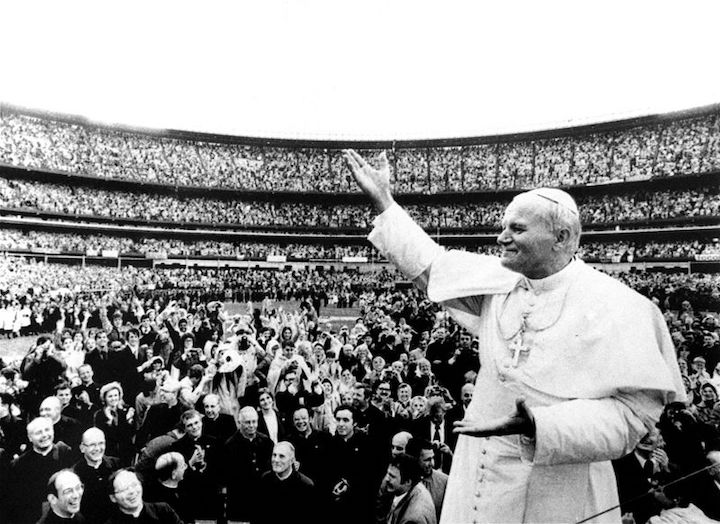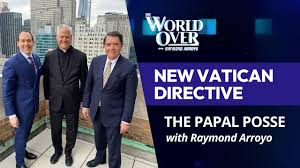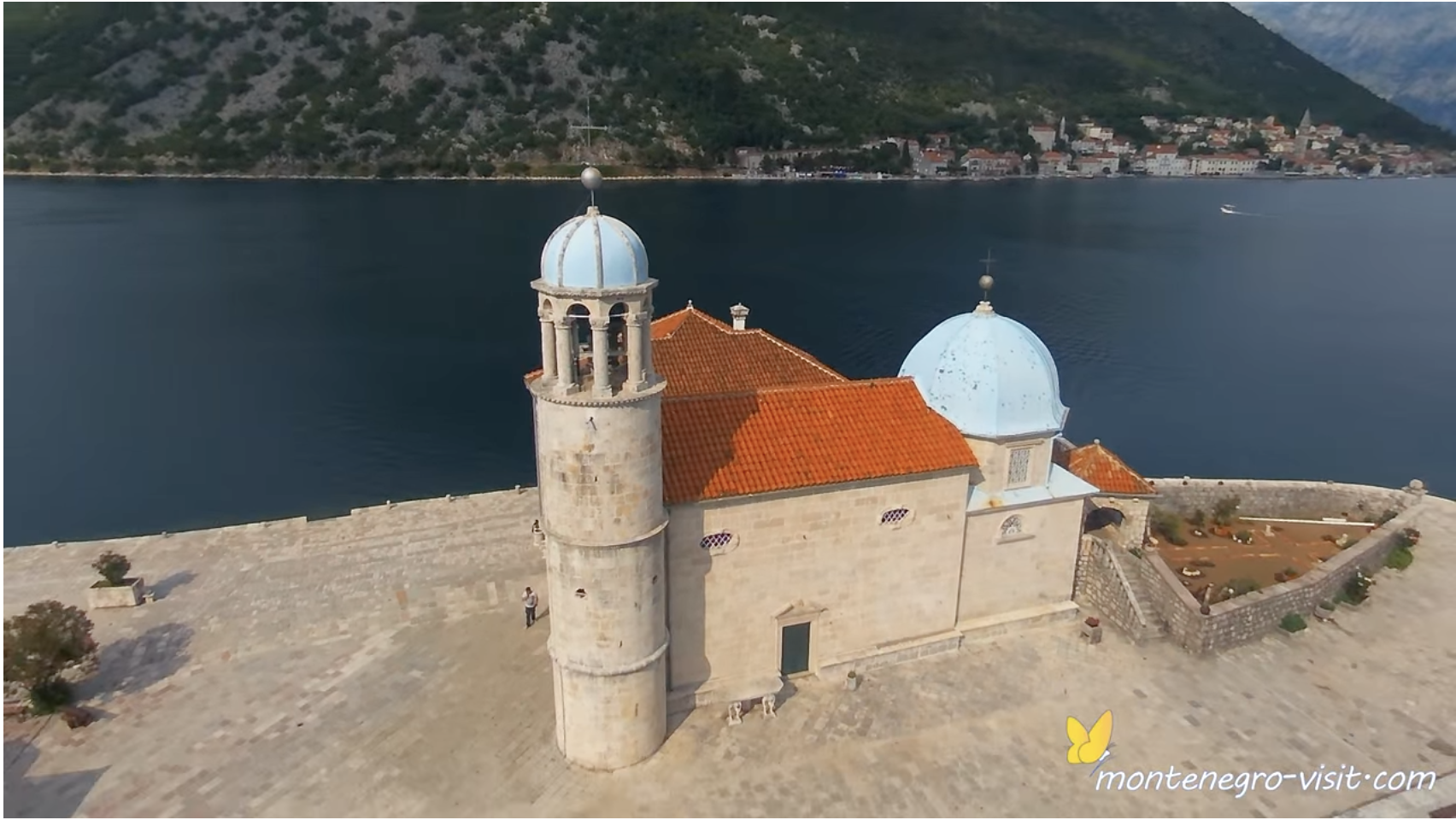A recent Gallup poll indicates that, for the first time in living memory, fewer than half of Americans (47 percent) consider themselves members of a church. For most of the 20th century, the rate hovered around 70 percent. That number has been declining since at least the late 1990s, but the decline appears to be accelerating.
Membership in a church, it should be said, doesn’t necessarily reflect belief or religious affiliation. The question Gallup asked in its poll was, “Do you happen to be a member of a church, synagogue, or mosque?” A fallen-away Catholic and a Catholic in search of a parish in a new city might both plausibly answer in the negative. While a minority of Americans claim “membership” in some church, according to Gallup, 76 percent still claim some religious “affiliation.”
Particularly concerning for Catholics is that, even among those whose “affiliation” is Catholic, the rate of “membership” has fallen almost 20 percent since 1998. That’s twice the rate of decline seen among Protestants.
There is much to lament in these numbers, and in the myriad unhappy explanations for why such decline is happening. Without in any way dismissing legitimate concerns about such decline and what it means for the Church and her mission (to say nothing of souls), we shouldn’t despair of the diminished position in which the Church now finds herself.
Catholics in the United States – and here I mean both the clergy and the laity – too often demonstrate a complacency of mind more characteristic of an establishment church than a distinctive minority. This includes, by the way, a certain insecurity about “losing a culture” that was never really ours to begin with.
American Catholics are, and always have been, a religious minority. The fact that there are so many of us, and that our political and cultural numbers are, at least at the national level, disproportionate to our numbers in society at large can sometimes blind us to this reality. (Consider: taking “Catholic” in the widest sense, the Supreme Court has a Catholic majority; Catholics of various sorts are 31 percent of the House and 24 percent of the Senate. And then there is President Biden.)
For all the signs of religious decline, there remain some 70 million Catholics in the United States. The precise number depends on who is doing the counting and how, but even if we fudge the numbers – a few million here or there – the United States is still home to the fourth-largest Catholic population in the world behind Brazil, Mexico, and the Philippines.

It might come as a surprise that are more Catholics in the United States than there are in Italy or the Democratic Republic of Congo. There are about twice as many Catholics here as there are in Colombia or Poland. We have roughly the same Catholic population as Spain and France combined.
One significant difference between the United States and the other countries that round-out this top ten list is this: The United States is the only one in which Catholics are a clear minority. Only about a quarter of Americans are Catholic, which means the United States is not just home to the world’s fourth-largest Catholic population; it is home to the largest Catholic minority Church in the world.
Being a religious minority is not an evangelical panacea any more than being a persecuted Church is. Assimilation to a culture that is not Catholic – or even, these days, particularly Christian – is a perennial danger and a pointed one now for both Catholics and Catholic institutions. In the coming decades, many of the institutional gains made by the Church in the last century may be lost, whether through attrition, or lack of funds, or as a result of onerous state action.
But having a large minority Church does present certain advantages, and Catholics in the United States ought to be thinking more about how to stand out, and less about how to fit in. It means every Catholic – all 70,000,000 of us – needs to take seriously the mission laid upon us in baptism and the vocation to holiness.
It means bringing our faith into public life, including our politics, but not despairing when “victory” does not come. It means not waiting for “the Church” to “evangelize the culture,” as if that task belongs primarily to our priests or our bishops or the pope. Everyday holiness doesn’t wait for some grand strategy of evangelization.
And it means not letting the latest dispute in the Church – whatever that may be – distract our attention from those around us: our spouses, our children, our parents, our siblings, our fellow parishioners, our neighbors, our co-workers.
It means remembering to worry less about the loaf and more about being leaven.
*Image: Home run: St. John Paul II greeting a capacity crowd at Shea Stadium, October 3, 1979, during his first visit to the United States as pope. (AP photo)














